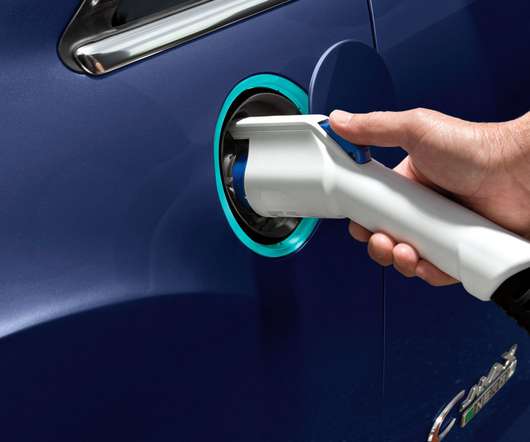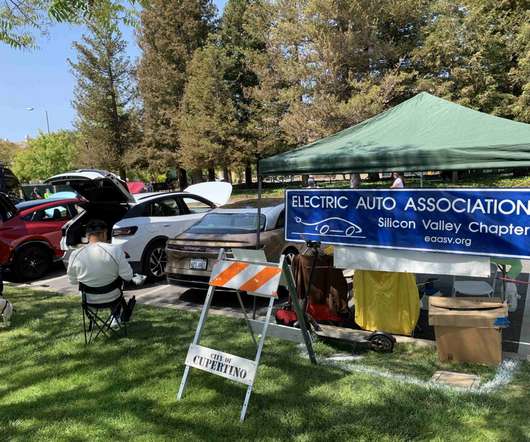California 2017 GHG inventory shows 1.2% total drop from 2016; transportation sector emissions up 1%
Green Car Congress
AUGUST 14, 2019
Changes in emissions by Scoping Plan sector between 2000 and 2017. The transportation sector remains the largest source of GHG emissions in the state, and saw a 1% increase in emissions in 2017. The transportation sector represents tailpipe emissions from on-road vehicles and direct emissions from other off-road mobile sources.






























Let's personalize your content